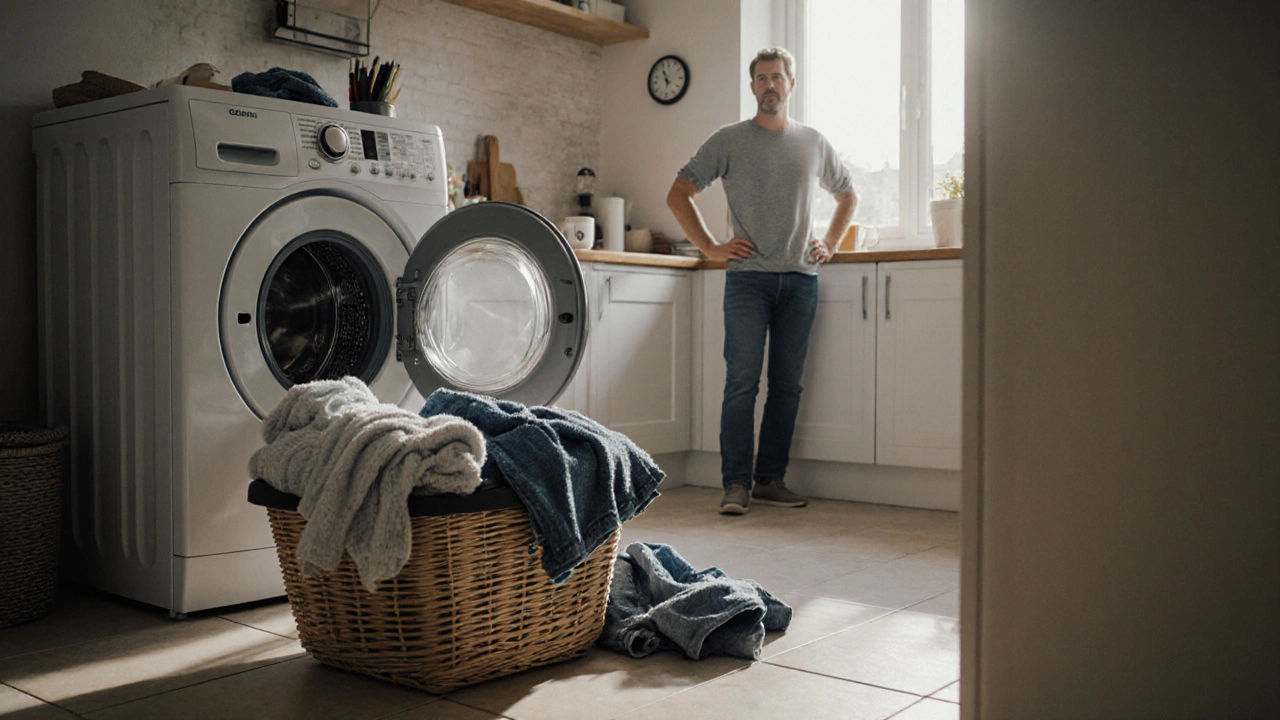When dealing with washer problems, any fault that stops a washing machine from cleaning or spinning properly. Also called laundry machine issues, they can pop up at any time and range from minor noises to full breakdowns.
The first thing to understand is that most faults tie back to the washing machine, a household appliance that mixes water, detergent and agitation to clean fabrics. Front‑loaders and top‑loaders share core components, so a symptom in one often points to the same part in the other. Knowing the machine’s basic layout helps you pinpoint whether a problem is electrical, mechanical, or simply a clog.
One of the most frequent culprits is the motor, the drive unit that spins the drum and powers the agitator. Motors can overheat, lose brushes, or develop bearing wear, leading to humming noises or a complete stop. If the motor shows signs of burnout, the washer will refuse to spin, and you’ll notice uneven water distribution.
Equally important is the drum assembly, the inner cylinder that holds clothes and rotates during cycles. Cracks, rust, or a loose drum can cause leaking, excessive vibration, or a “shaking” sensation. When the drum’s bearings wear out, the machine may make a grinding sound, and water could seep out of the tub.
Every homeowner eventually asks, “Is fixing it worth the money?” The repair cost, the total expense for parts and labor to restore a washer varies by part and service provider. A motor replacement can run a few hundred pounds, while a drum overhaul may push the price toward the cost of a new unit. Weighing the repair cost against the appliance’s age and energy efficiency guides the replace‑or‑repair decision.
If you’re comfortable with a screwdriver, basic DIY troubleshooting can save a trip to the technician. Common tools include a multimeter for checking voltage, a set of socket wrenches for accessing the motor, and a flashlight to inspect the pump and hoses. Simple steps—like cleaning the lint filter, clearing the drain pump, or resetting the control board—often clear up minor hiccups without professional help.
When the issue persists after DIY attempts, it’s time to call a professional. Certified repair technicians have the training to safely handle electric components, replace sealed drum bearings, and diagnose hidden fault codes. They also carry warranties on their work, which protects you from repeat breakdowns within the service period.
Prevention is the cheapest repair. Running a hot rinse once a month, keeping the detergent drawer clean, and never overloading the machine extend the life of both the motor and drum. Regularly checking hose connections for wear prevents water damage, and promptly addressing strange noises can stop a minor problem from becoming a costly emergency.
Below you’ll find a curated set of articles that dive deeper into each of these areas—whether you need step‑by‑step repair guides, cost breakdowns, or tips on choosing the right service professional. Use the insights to decide your next move and keep your laundry routine running smoothly.
Posted by
Orin Trask
0 Comments

Step‑by‑step guide to diagnose common washer problems, match symptoms to faulty parts, and decide when to repair or call a professional.
read more